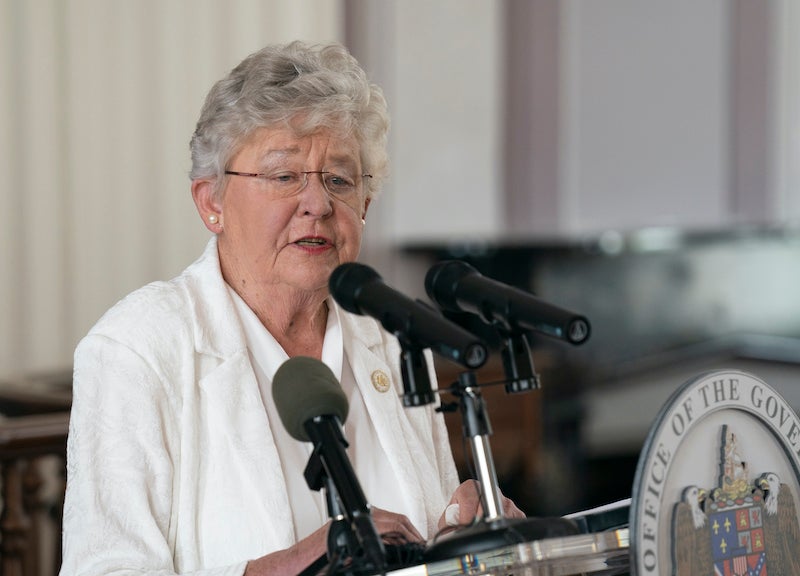Ivey announces record breaking unemployment rates
Published 11:12 am Tuesday, April 25, 2023

- Governor Kay Ivey announced today that Alabama’s preliminary, seasonally adjusted March unemployment rate is 2.3 percent a new record low, down from February’s rate of 2.5 percent. It is also below March 2022’s rate of 2.5 percent. (File)
|
Getting your Trinity Audio player ready...
|
By LIZZIE BOWEN | Staff Writer
SHELBY COUNTY – The latest unemployment rates were released by Gov. Kay Ivey last week for the month of march, and it was another record-setting month for the state and county.
The seasonally adjusted March unemployment rate was 2.3 percent, a new record low for the state that was down from 2.5 percent in February and the same percentage of 2.5 last March.
It was a special month for the state, while Shelby County’s rate was the lowest of any county in Alabama at 1.8 percent, which also includes the city of Alabaster with one of the lowest city unemployment rates.
Total private wages increased by $30.12/weekly over the year to $1,008.61 in January, marking the third highest weekly wages in history.
Counties with the lowest unemployment rates were: Shelby County at 1.8 percent, Morgan County at 2 percent Marshall, Madison, Limestone and Cullman counties at 2.1 percent.
Major cities with the lowest unemployment rates were: Homewood at at 1.6 percent, Madison at 1.7 percent and Alabaster, Trussville and Vestavia Hills at 1.8 percent.
Major cities with the highest unemployment rates were: Selma: 6.4 percent, Prichard at 5.2 percent and Bessemer at 4.2 percent.
March’s rate represents 53,053 unemployed people, compared to 56,166 in February and 58,074 in March 2022. The number of people counted as unemployed also sets a new record low.
“We’re almost a quarter into 2023, and we are already seeing record-breaking success when it comes to Alabama’s economy,” Ivey said. “We have been enjoying a period of low unemployment, high wages and high jobs count for some time now, and I believe that even greater economic achievements are on their way. We will not back down on our commitment to continue bringing quality, high-paying jobs to Alabama.”
Over the year, wage and salary employment increased 54,100, with gains in the manufacturing sector of 10,400, the professional and business services sector with 8,700 and the private education and health services sector of 7,500.
“Additionally, we’re continuing to see positive increases in our wages, meaning more money in Alabamians’ pockets,” said Alabama Department of Labor Secretary Fitzgerald Washington. “This month, we reached one of our highest average weekly wages in history.”









